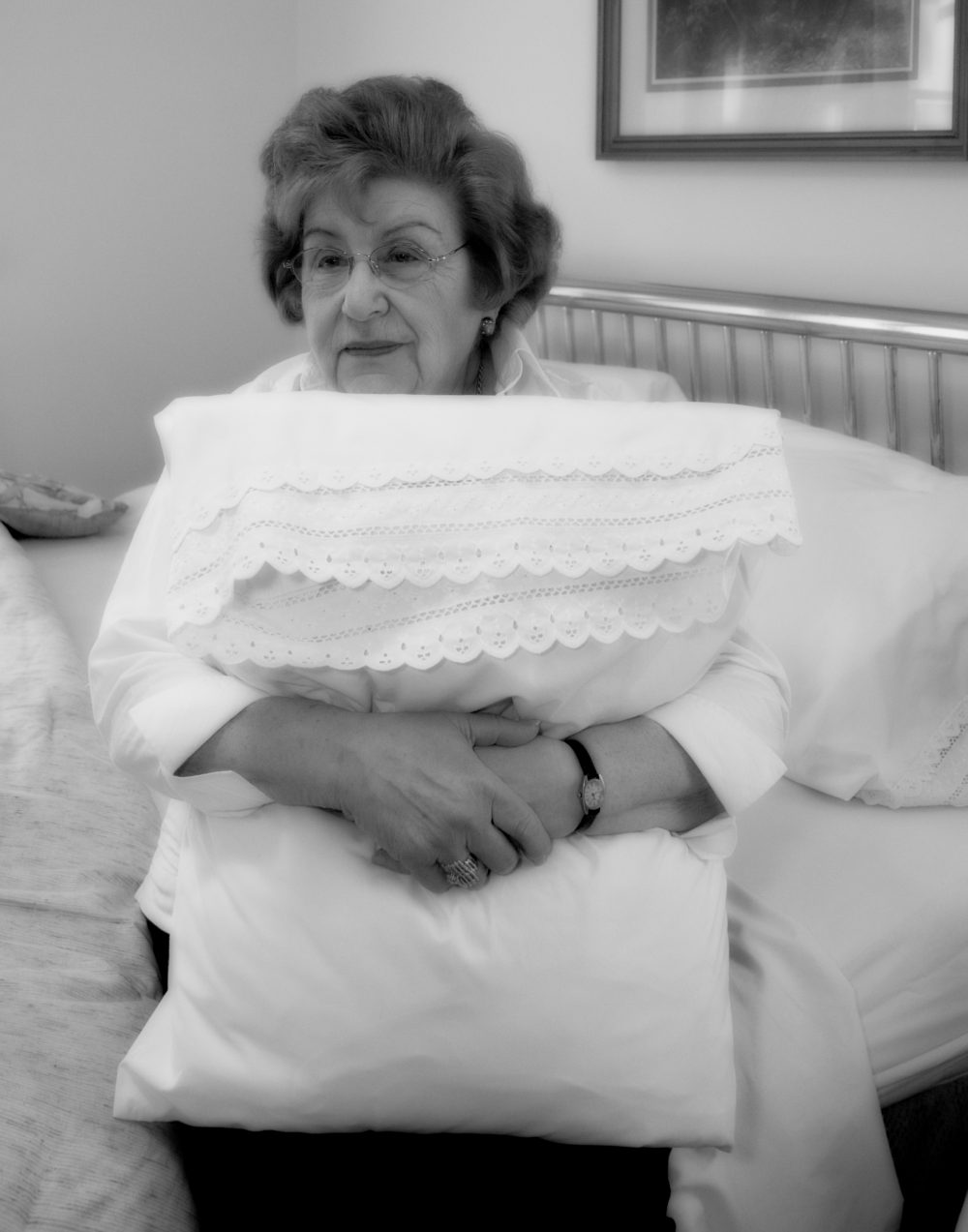
Clean Sheets
By: Becky Seitel“Concentration camp sleeping conditions were their own separate form of torture,” Ruth Siegler recalls.
Barracks housing the prisoners were lined with wooden beds stacked four to five high. Units designed to sleep 15 prisoners often held 45, with four or more people crowded into one unit. Stone barrack sleeping berths were covered with a thin layer of straw; wooden barracks had straw mattresses filled with wood-wool, wrapped in paper. Beds were infested with mice, bedbugs, and lice, and everyone soon learned that it was best to occupy a top bunk to prevent being covered with disease-carrying rodents and bugs that rained from the upper bunks. Prisoners were given one blanket each, which was never enough to provide warmth during the freezing winters. People huddled together for warmth and died together.
“The Nazis made us sleep like animals. It was another way to strip us of our humanity,” says Ruth. “Yet it was one more experience that made me always appreciate the little things in life.
“Clean sheets. Every time I change linens, I’m comforted by the fresh smell and soft fabric. I’ll never take that for granted.”


